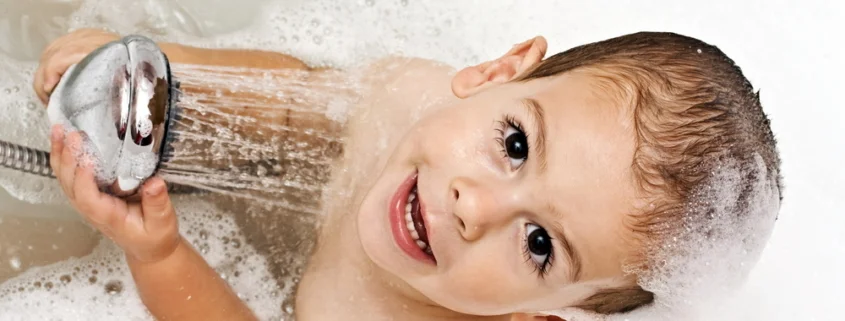Dirty Hair vs. Clean Hair: Do Head Lice Really Care?
We have all heard, or even believed, the preconceived notions that only dirty people catch head lice. Recent research and detailed studies help us to better understand the truth about who is most likely to catch head lice and what hygiene has to do with it.
Dirty Hair vs. Clean Hair
Washing your hair is an important part of personal hygiene. How often a person does it though is quite a personal decision based on hair type and lifestyle. When it comes to head lice, are they actually more attracted to clean, shiny hair or dirty, greasy hair? Easy answer – neither. Head lice are looking for a warm host to provide the essentials they need for survival. They need warmth, protection and a reliable food source. Recently an article was released that supports this connection. ABC Health and Well Being states that both clean hair and dirty hair are equally at risk. Through their studies, it showed that cleanliness was not even a factor in who is more at risk to catch head lice.
So, What Are the Biggest Risk Factors for Catching Head Lice?
- Children are the most at risk for catching head lice. Ages 3-11 have the highest likelihood as they are often in close proximity to large groups of other children. Daycare centers, parks, playgrounds, classrooms or even gymnasiums put them all in places where they come into direct close contact with each other.
- Interestingly enough, females with long hair are the most common victims of head lice. This is because the long hair is more easily grasped by active, live lice and comes into contact with others more easily. Keeping hair pulled back and out of the way can do a lot to help with prevention.
- Adults who live with smaller children in the home are much more likely than other grownups to catch head lice. This is why frequent head checks on your children is an important piece of the puzzle. Itchiness can take several weeks to manifest as a first symptom. Looking for signs of head lice often with a nitpick comb can help you identify the problem and prevent your whole household from becoming infected.
Personal Hygiene Concern #1 for Getting Rid of Head Lice
Although it doesn’t have much to do with catching head lice, personal hygiene is the most important factor in eliminating it if you have already been infested. The Centers for Disease Control and Prevention tell parents that although head lice is not directly related to poor hygiene it is a significant part of treating and preventing it from spreading. Professionals advise that eliminating head lice from your life is a two-step process. Step number one is to ensure all lice and lice eggs, or nits are gone from the scalp and hair. The second step is to deep clean the home to kill any traces of nits or lice that may be lurking in bedding or carpets just waiting to reinfect. As you move forward it might be helpful to know that the American Academy of Dermatology offers suggestions for teaching your children proactive personal hygiene habits.
Children aged 6 – 11
- Bathe or Shower twice a week at least to wash the hair and body.
- Daily baths are not necessary, but ok if they would like to.
- Shower or bath after swimming, or in lake or ocean water.
- If they are outside and their skin is dirty or sweaty, as needed.
- Use fun bath time toys or water coloring changing tablets to make it more enjoyable.
- Get their favorite character soap bubbles or shampoos. Or buy them a fun, hooded towel they will enjoy using.
Children aged 12+
- At this age children can get pretty stinky. Showering or bathing daily is recommended.
- Usually, by sixth-grade kids start to feel self-conscious about being unclean and it gets a little easier to persuade them to shower daily.
- Buy them their own body washes and sweet smelling shampoos. Make sure they are using a good deodorant.
- Teach them to wash their face daily to help fight acne.
- Always rinse off in the shower after participating in sporting events.










